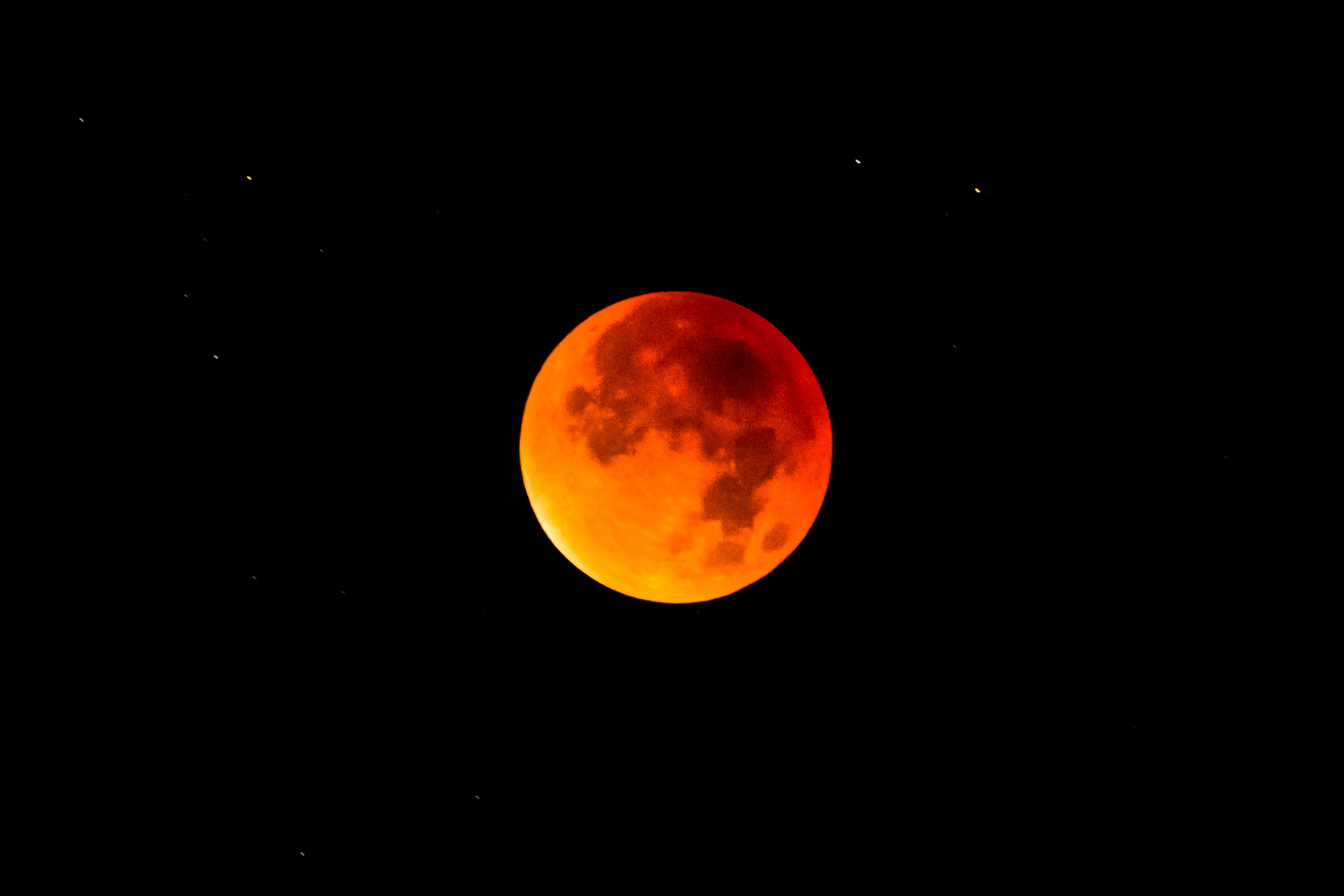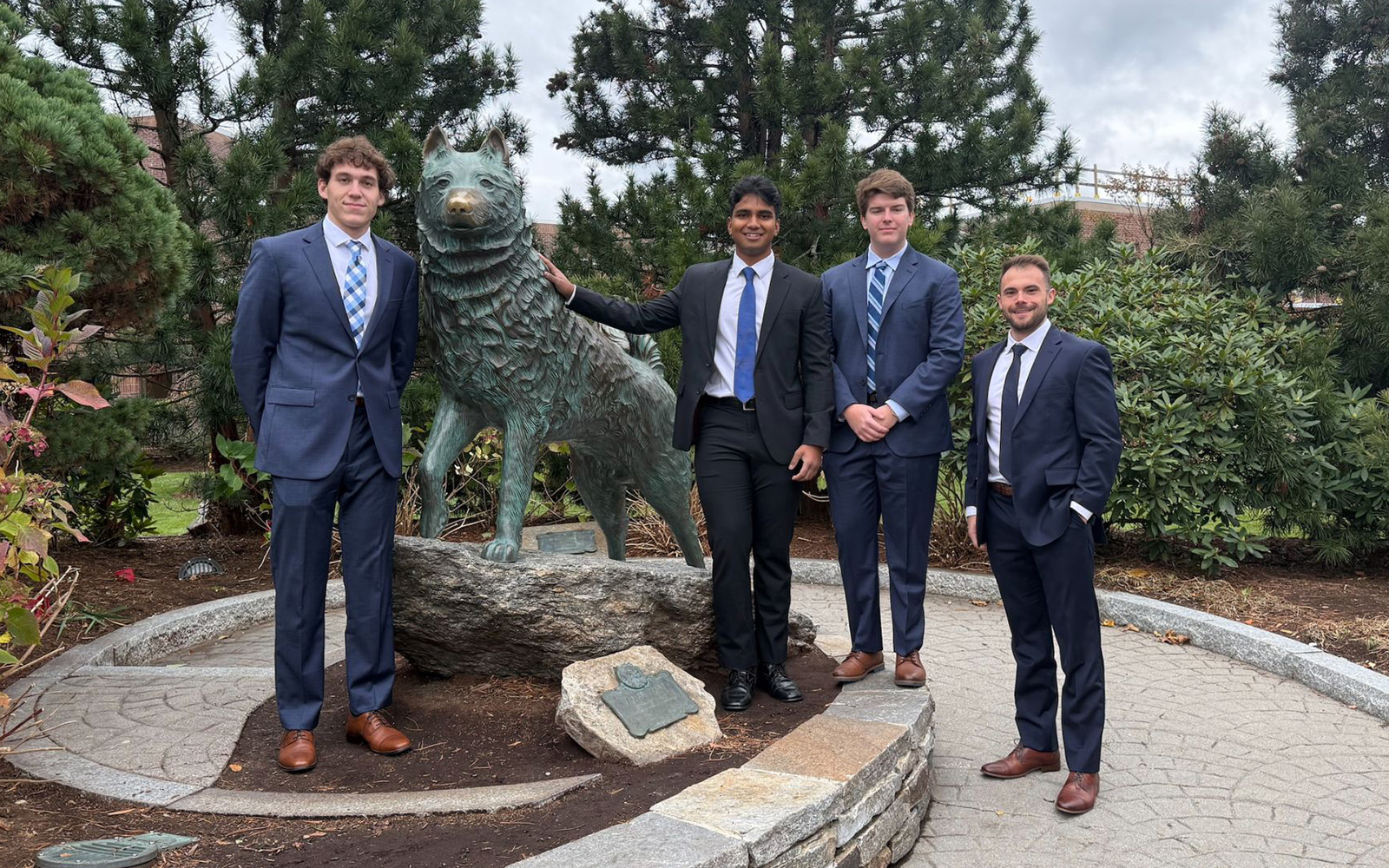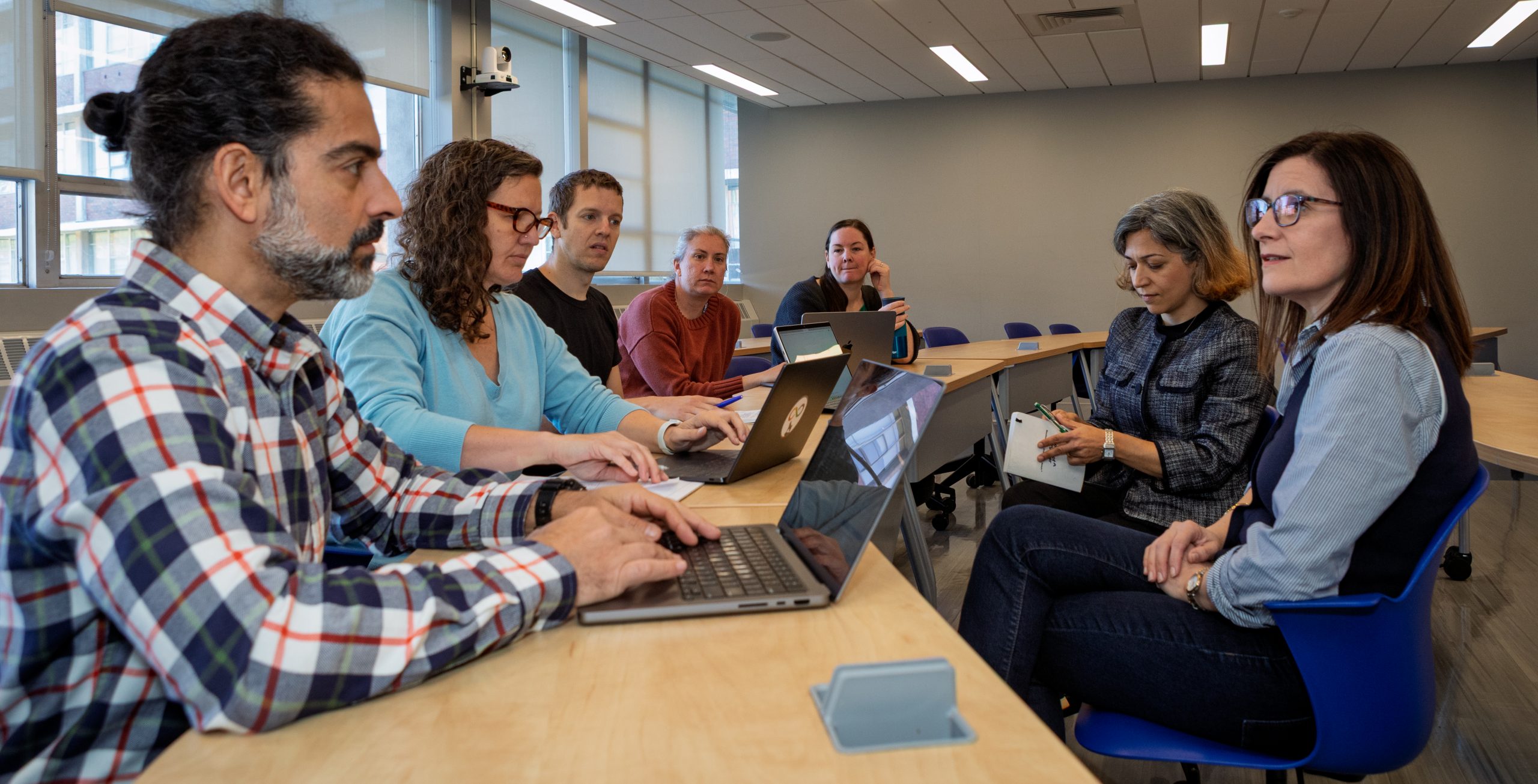On Jan. 31, a rare lunar event will take place. Yasaman Homayouni, a graduate student in UConn’s physics department working on her Ph.D. in astrophysics, explains what will happen in the skies on the last night of this month, and why it is so unusual.
What is special about the lunar event happening on Jan. 31?
The lunar event happening on the 31st is actually pretty rare. Some parts of the world, including the western part of North America, will get to see the rare “Super Blue Blood Moon,” something that hasn’t happened in more than 150 years according to NASA. This spectacular lunar event is actually the coincidence of three different lunar events:
- A total lunar eclipse, which occurs when the moon passes into Earth’s shadow; it is sometimes referred as a “blood moon,” because the moon appears with a reddish-copper glow due to a small amount of sun’s light being scattered by the Earth’s atmosphere and passing through dust and clouds in the Earth’s atmosphere. This reddish color varies, depending on the elements present in the atmosphere, and may be affected by recent volcanic eruptions.
- A blue moon is two full moons happening in a single calendar month. The first full moon of January occurred on Jan. 1 or in the early morning of Jan. 2, and the second full moon will occur on the night of Jan. 31. Some parts of the world – including eastern Asia and eastern Australia – will experience the second full moon on Feb. 1, so technically not every location on Earth will experience a blue moon. Blue moons happen because every cycle of the moon from new moon to new moon – a “lunation” – lasts 29.53 days, in other words, less than a usual calendar month of 30 or 31 days. This difference adds up to 10.88 days’ difference over the course of a year, so that once every 2.7 years, there will be 13 lunations instead of 12 lunations in the year. This is called a “blue moon.”
- A supermoon occurs when the moon is in perigee – or at the closest point to Earth in its monthly orbit – and when this also coincides with a full moon. The supermoon will occur on Jan. 30 at 4:58 a.m. EST. It will cause the moon to appear slightly larger in the sky, since it is about 15,000 miles closer than its average distance from Earth and thus about 14 percent brighter than the usual full moon, according to NASA. Although this difference seems like a small percentage, it’s very hard to miss such a change in the moon’s brightness.
What must happen for all three events to occur at the same time?
Even though the moon orbits the Earth every month, we don’t see a lunar eclipse every month because the moon’s orbit around the Earth lies in a slightly different plane than Earth’s orbit around the sun. So the sun, the Earth, and the moon do not always perfectly line up in a way that the moon is covered by Earth’s shadow. But if they do line up, it always happens during a full-moon phase.
Earth casts two shadows that could fall on the moon during a lunar eclipse: an “umbra,” which is a full and dark shadow in the center, and a “penumbra” that is a partial shadow on the outer edge of the umbra. If the three are not perfectly lined up, and the moon only partially traverses the Earth’s penumbral and umbral shadow, the event is called a partial lunar eclipse. However, if the three line up perfectly and the moon completely enters the Earth’s shadow, the event is called a total lunar eclipse.
A total eclipse happens in three different stages, initially the moon enters the penumbra shadow and gets slightly darker; then it enters the umbra – which is the exciting part of the eclipse, where if the eclipse is total, we would be able to see a blood moon; then it exits the umbra and enters into the penumbra again; and finally, it completely exits the Earth’s shadow. The whole eclipse event takes a couple of hours.
For this to coincide with a super moon, the total lunar eclipse should occur at the exact same time as the moon is at its closest approach to Earth.
What will those of us in Connecticut be able to see?
Unfortunately, the lunar eclipse happening on Jan. 31 is only partially visible from Connecticut, and also the moon sets before it actually enters the full shadow. The duration of the eclipse that day from Storrs is 1 hour and 12 minutes, with the partial penumbral beginning at 5:51:13 a.m. on Jan. 31, and the maximum happening on Jan. 31 at 6:58:31 a.m. The moon sets on Jan. 31 at 7:03:29 a.m., but the sun also rises at 7:03 on that day, so the slightly bright morning sky will make it harder to catch this rare event.
Can you tell us about anything else exciting that we may be able to observe in the coming month?
We won’t be seeing any special celestial events in February. Since January experienced two full moons, or a blue moon, there won’t be a full moon in February, as it is only 28 days and a lunation – or lunar month – is about 29 days. However, on March 31, we will again experience a second full moon within one calendar month, when the moon will be located on the opposite side of the Earth from the sun and its face will be fully illuminated. This year is very unusual, in that January and March will both feature blue moons, while February has no full moon.



